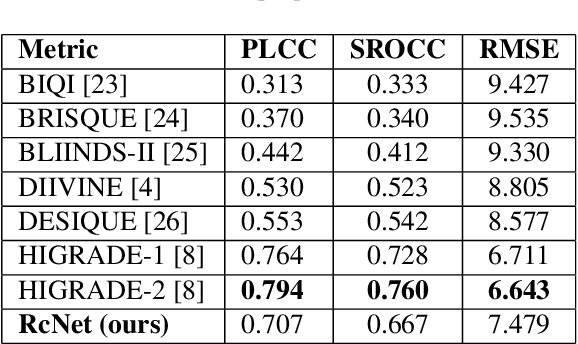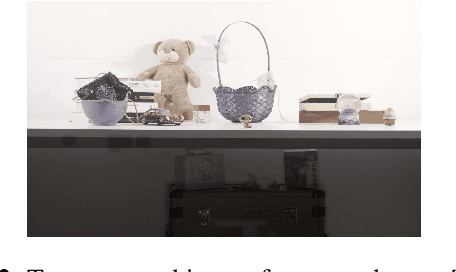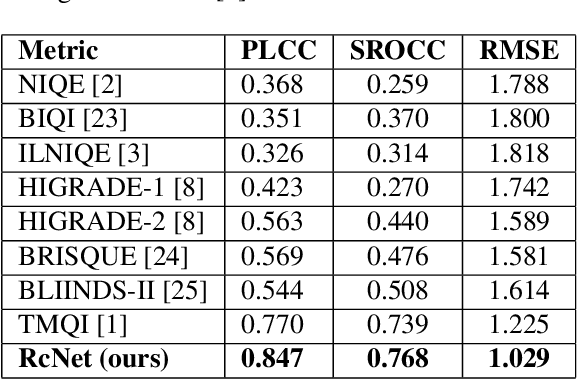Rajesh Sureddi
Department of Electrical Engineering, Indian Institute of Technology Hyderabad, India
Perceptual Classifiers: Detecting Generative Images using Perceptual Features
Jul 23, 2025Abstract:Image Quality Assessment (IQA) models are employed in many practical image and video processing pipelines to reduce storage, minimize transmission costs, and improve the Quality of Experience (QoE) of millions of viewers. These models are sensitive to a diverse range of image distortions and can accurately predict image quality as judged by human viewers. Recent advancements in generative models have resulted in a significant influx of "GenAI" content on the internet. Existing methods for detecting GenAI content have progressed significantly with improved generalization performance on images from unseen generative models. Here, we leverage the capabilities of existing IQA models, which effectively capture the manifold of real images within a bandpass statistical space, to distinguish between real and AI-generated images. We investigate the generalization ability of these perceptual classifiers to the task of GenAI image detection and evaluate their robustness against various image degradations. Our results show that a two-layer network trained on the feature space of IQA models demonstrates state-of-the-art performance in detecting fake images across generative models, while maintaining significant robustness against image degradations.
Deep No-reference Tone Mapped Image Quality Assessment
Feb 08, 2020



Abstract:The process of rendering high dynamic range (HDR) images to be viewed on conventional displays is called tone mapping. However, tone mapping introduces distortions in the final image which may lead to visual displeasure. To quantify these distortions, we introduce a novel no-reference quality assessment technique for these tone mapped images. This technique is composed of two stages. In the first stage, we employ a convolutional neural network (CNN) to generate quality aware maps (also known as distortion maps) from tone mapped images by training it with the ground truth distortion maps. In the second stage, we model the normalized image and distortion maps using an Asymmetric Generalized Gaussian Distribution (AGGD). The parameters of the AGGD model are then used to estimate the quality score using support vector regression (SVR). We show that the proposed technique delivers competitive performance relative to the state-of-the-art techniques. The novelty of this work is its ability to visualize various distortions as quality maps (distortion maps), especially in the no-reference setting, and to use these maps as features to estimate the quality score of tone mapped images.
 Add to Chrome
Add to Chrome Add to Firefox
Add to Firefox Add to Edge
Add to Edge